AI Hiring at Tesla
Tesla’s AI team is starting a new round of hiring. What kind of engineers are they looking for?
Andrej Karpathy, Head of Tesla AI, listed six major positions. He is also the head of software development for AutoPilot and FSD, and revealed that Tesla’s AI team is applying all their capabilities to Tesla robots. “Tesla humanoid robots are becoming the most powerful AI development platform,” he said.
Karpathy also humbly stated that no other organization can integrate and deploy high-precision AI capabilities end-to-end and vertically like Tesla, and that candidates who join Tesla will grow faster with mentorship and guidance.
Of course, if you’re familiar with Karpathy’s background, you know that he himself is a talent who grew up under Tesla’s talent philosophy. At 35, he graduated from Stanford and studied under Fei-Fei Li. Later, he was promoted by Musk and became a world-class AI expert in just a few years.
Moreover, this latest recruitment from Tesla analyzes Tesla’s logic and thinking towards AI and autonomous driving. Are not the requirements of the talents and positions in these recruitments the best personal evolution OKRs?
What kind of positions? What are the requirements?
This time, there are a total of six positions available:
- Deep Learning Engineer – Scientist Direction
- Software Engineer – Deep Learning Infrastructure Direction
- Software Engineer – Deep Learning Model Algorithm Direction
- Software Engineer – Evaluation Testing Direction
- Backend Engineer – AI Tool Chain Direction
- Frontend Engineer – AI Tool Chain Direction
The positions are not particularly specific, but they are very comprehensive, covering all the key positions in the entire model development process. For example, the Scientist Direction is responsible for pre-research and connects work between industry and academia, with the ability to stay at the forefront of academic and algorithmic advancements. Algorithm model engineers design and develop models and optimize datasets.
Full position details can be found here:
https://www.linkedin.com/posts/andrej-karpathy-9a650716_tesla-tsla-autopilot-activity-6891853901331623936-rg9r/## Architecture engineers and back-end engineers further optimize the training and model development process.
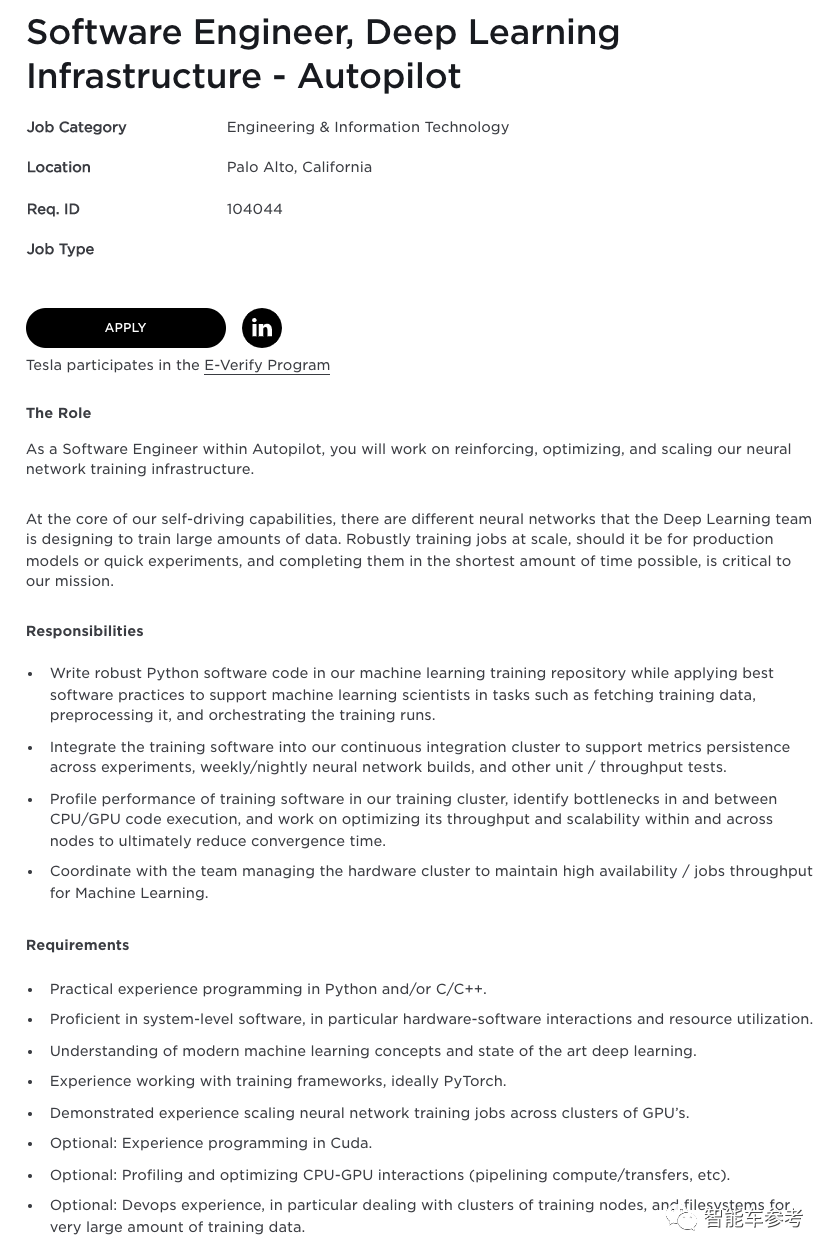
Finally, front-end engineers, facing the user end, complete the visualization, data labeling tools, and user page feedback model mechanism.
Evaluation and testing engineers are constantly thinking about how to combine feedback design tools or models for iteration after deployment—similar roles to product managers, but without the need to write documents or PPTs; directly writing tools and models.
In short, when a self-driving startup team is just starting out, the configuration is basically like this.
So, what are the different requirements for Tesla’s AI engineers?
There are a few key characteristics.
First, specialized while able to connect.
In multiple different positions, the best person is at least deeply specialized in one area, and can also have some involvement or interest in other fields.
For example, in scientist positions:
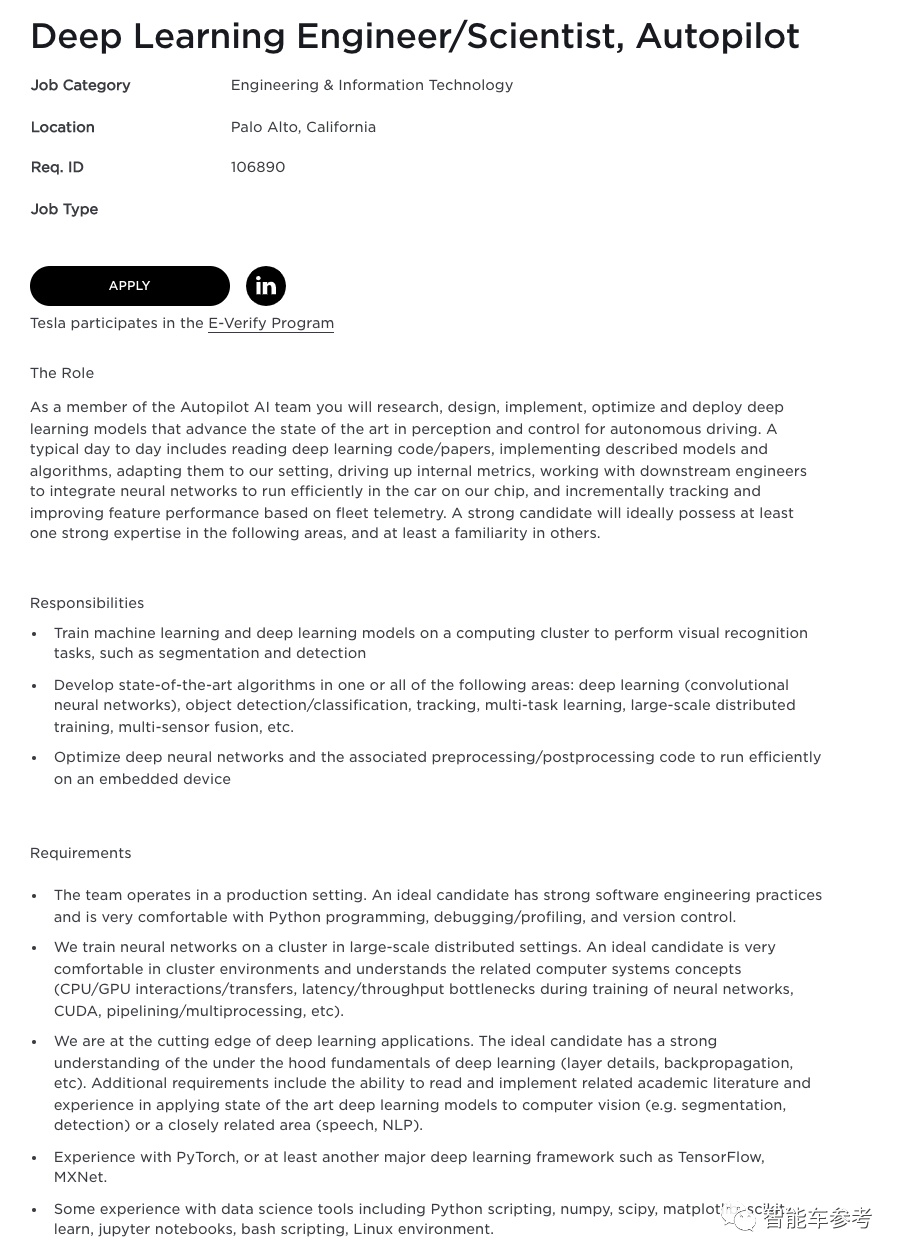
AI scientists read papers and code, and being able to improve internal models is commonplace. More importantly, they should have engagement or interest in NLP, chips, and automobiles.
Secondly, another major characteristic of Tesla is that it values tool-building skills.
Engineers in various positions are all required to have toolchain abilities and can help optimize the workflow of upstream and downstream processes at their positions.
For example, both the front-end and back-end are called upon to have this ability:

Even encouraging front-end engineers to enhance their back-end abilities, and back-end engineers having a tendency to think like front-end engineers.
Overall, it is hoped that everyone can become more full-stack.
Finally, strong fundamental background abilities.
Programming languages: Should be familiar with Python, right?
Framework: Should understand PyTorch? TensorFlow also works.
Fundamental Knowledge: About machine learning, computer vision, and neural networks…
And in many positions, there is also an emphasis on data iteration thinking and automation awareness, which shows Tesla’s internal appreciation for this data-driven automated iteration.
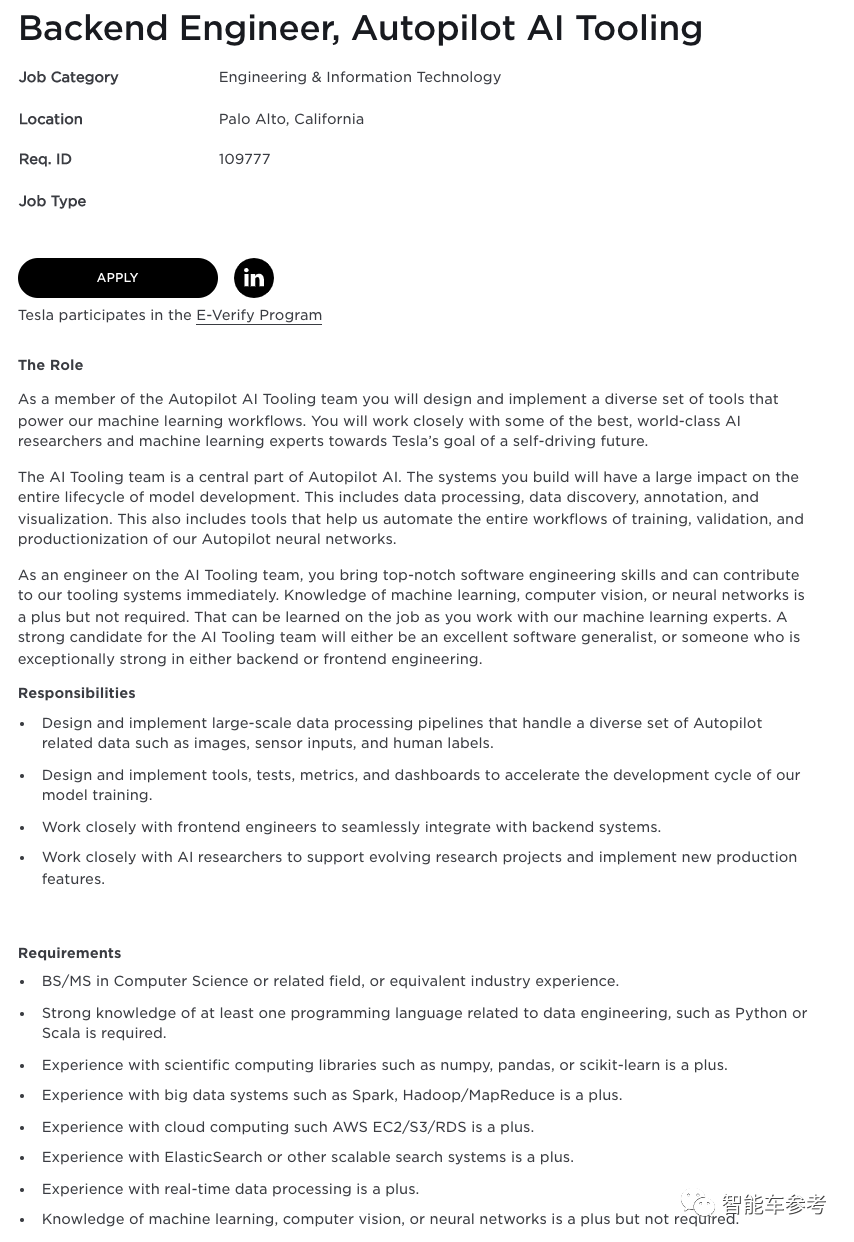
Not too concerned about academic degrees, even willing to mentor those who are willing to learn.
However, Tesla also has requirements that are not too emphasized.Translate the Chinese Markdown text below into English Markdown text in a professional manner, preserving HTML tags inside Markdown, and outputting only the corrected and improved parts without explanations.
For instance, educational background. There are a few mentions of educational background, mostly undergraduate or graduate degrees, and there is no requirement for professional alignment. Nobody asks how many years someone has worked in AI…
A background in mathematics, physics, or statistics would suffice.
In fact, Andrej Karpathy is the Model of growth for Tesla employees.
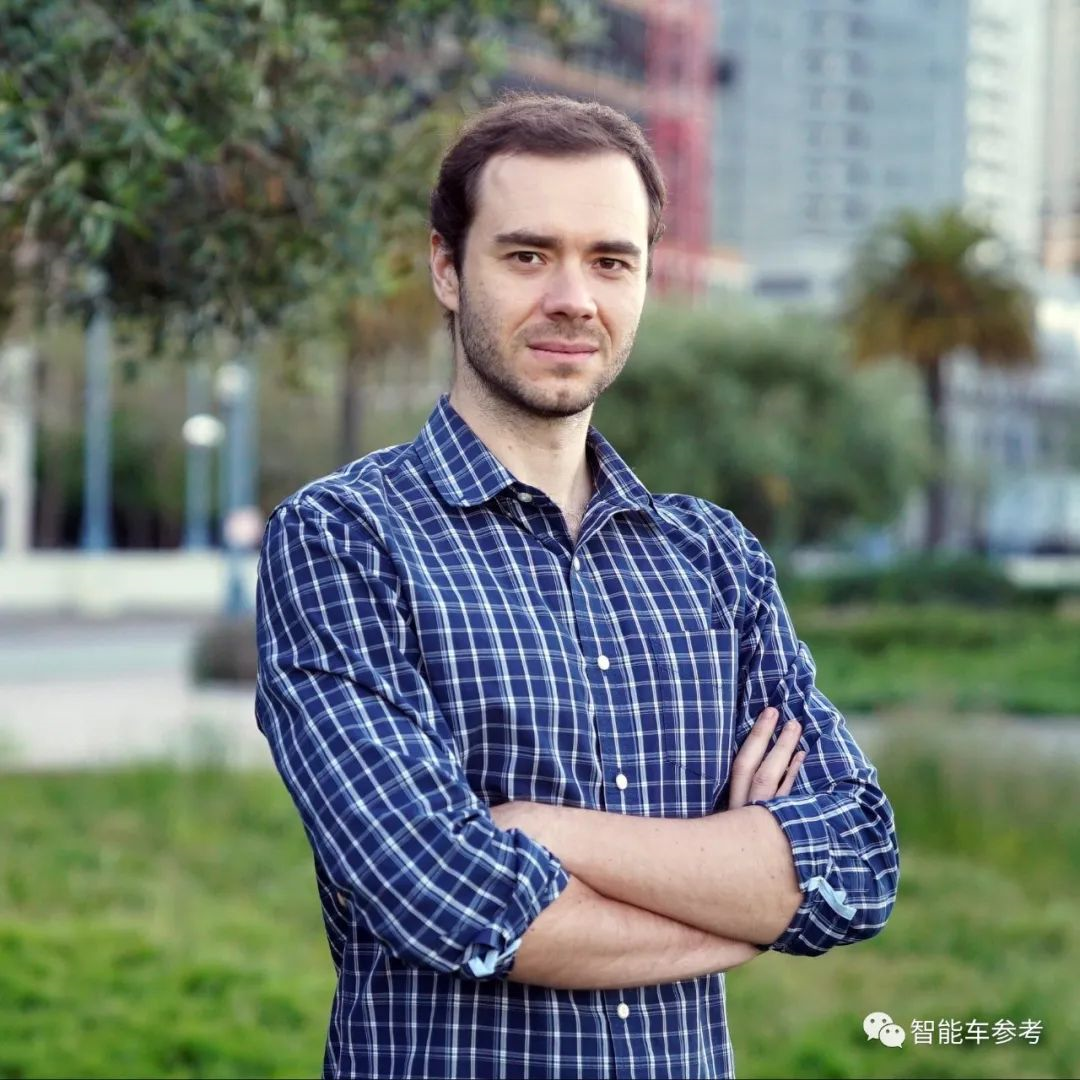
Andrej Karpathy, a Stanford PhD graduate, is a well-known Chinese AI scientist who worked under Fei-Fei Li and specializes in visual AI.
From 2011 to 2015, he pursued a doctoral degree at Stanford University, during which time he published numerous high-cited papers in the CV field and interned at Google and DeepMind.
After graduating, he joined OpenAI, becoming a scientist who primarily researches computer vision.
OpenAI, in which Musk was one of the earliest founders and backers, came into contact with Andrej and knew that this young man’s learning abilities would certainly go beyond the field of computer vision.
Musk then “internally poached” Andrej from OpenAI to Tesla – this was also one of the conflicts that led to Musk’s ousting from OpenAI.
It is said that Musk once said: Many people view Andrej as an outstanding AI visual scientist, but I know that he will be the world’s top AI leader.
This means that whether he is at OpenAI or somewhere else, he will be buried.
After joining Tesla at the age of 33, Andrej first served as Tesla’s AI and Autopilot Vision Director, leading the self-driving neural network team.
Subsequently, after guru Jim Keller left, Andrej took over the entire AI team.
At that time, Jim Keller left his position as Vice President of Autopilot at Tesla, and the outside world believed that no one else could replace such a guru.
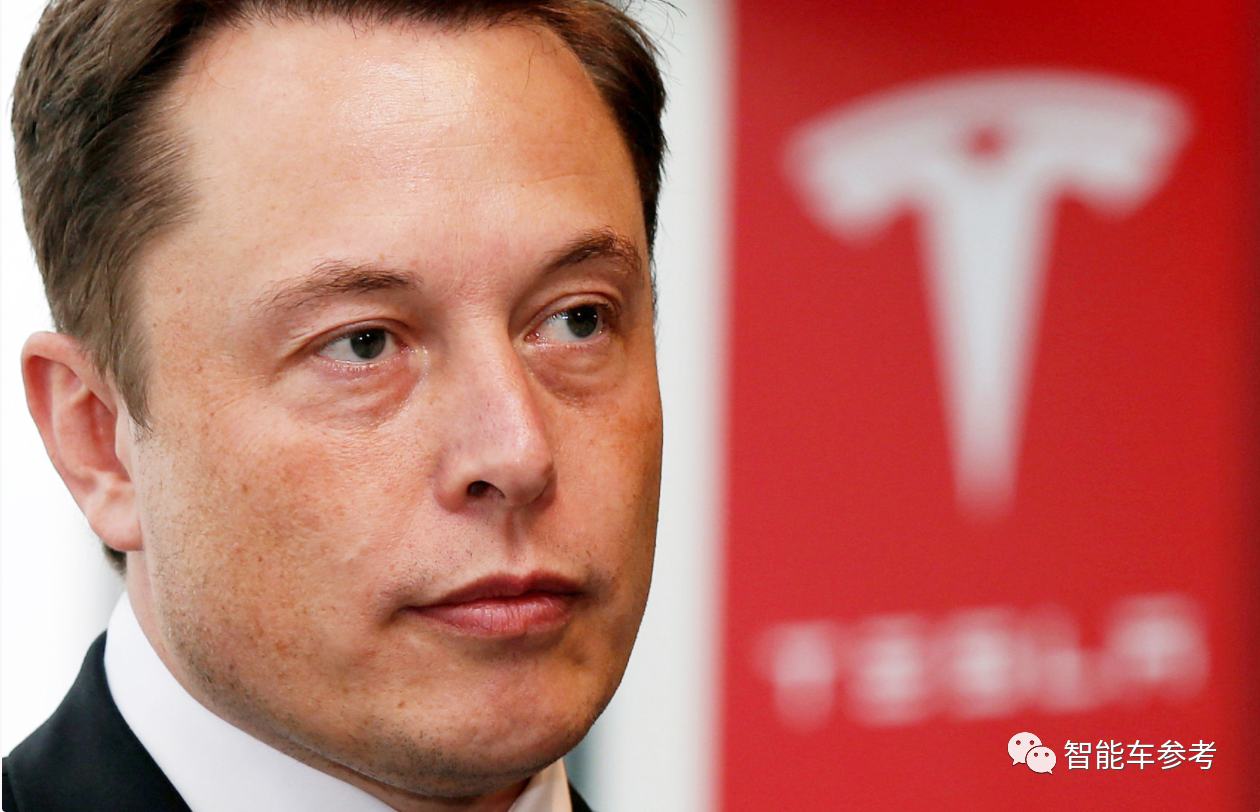
But Musk believed that the strongest were already in the field.
He promoted two young talents who were under Jim Keller before, with Pete Bannon responsible for hardware and Andrej Karpathy responsible for software.
Under the leadership of these two young talents, Tesla FSD was born and its self-driving capabilities continue to evolve.## André’s Transformation from Top AI Scientist to AI Expert
André has indeed achieved the transition from a top AI vision scientist to an AI expert, just as Musk said.
As André’s experience becomes more widely known, he has become a representative case of Tesla recruiting — Tesla has the foundation of excellent talents going to the top.

Optimus: The Strongest AI Development Platform
As André mentioned, Tesla’s AI team is not only working on automatic driving-related capabilities, but also using all abilities for Tesla humanoid robots — Optimus.
He believes this will be the most robust AI development platform.
Previously, during the Tesla earnings conference call, Musk had already made it clear that the Optimus project would be the most important and valuable one for Tesla, even surpassing its current automotive business.
In addition, Musk revealed that he would personally lead the robot business, an essential new business that deserves undivided attention.
So that’s the latest progress in the smart car field.
Today is also New Year’s Eve. We wish all our intelligent car-reference readers a happy New Year, and let’s climb higher together in the year of the Tiger~
— End —
This article is a translation by ChatGPT of a Chinese report from 42HOW. If you have any questions about it, please email bd@42how.com.
